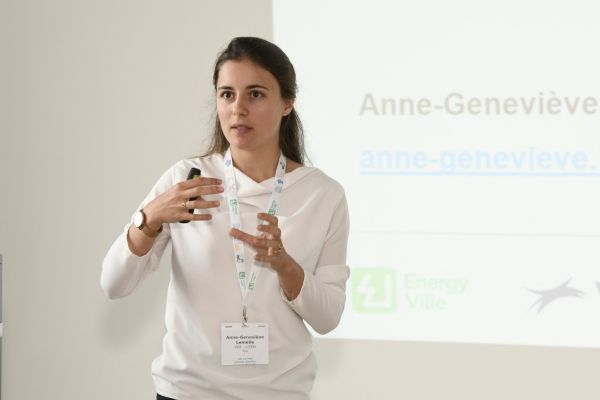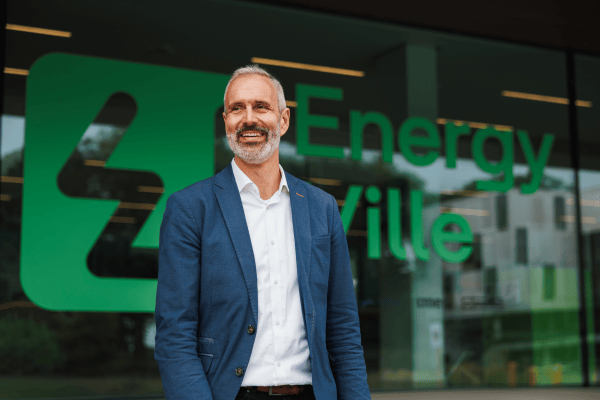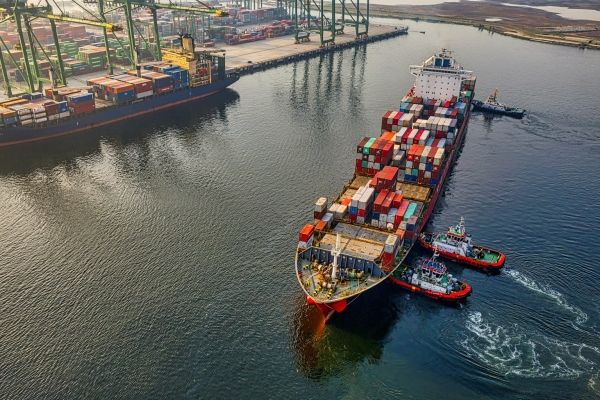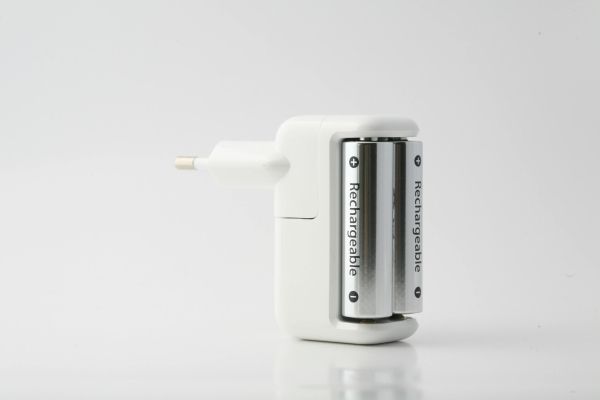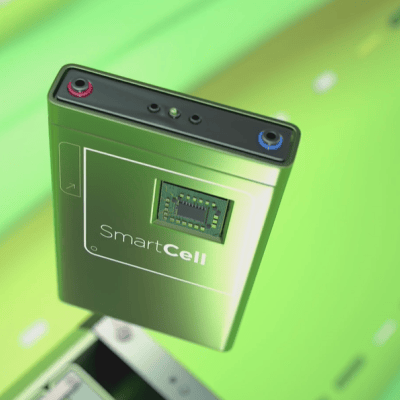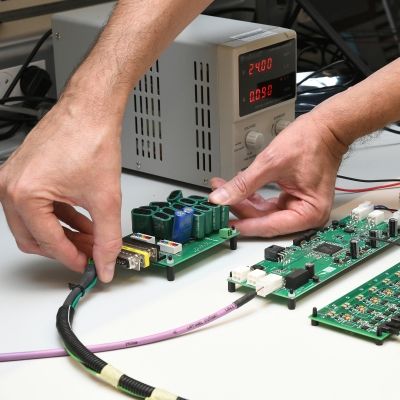Reusing car batteries, necessary but complex
Now that hybrid and fully electric cars are more and more a reality, the demand for electric vehicle batteries (EV batteries) is also rising. In order to continue to provide sufficient driving range, they are only allowed to lose capacity to a very limited extent. This ensures that batteries that no longer meet the requirements for use in electric vehicles can still be used in other applications. Europe therefore wants us not only to recycle but also to reuse as many batteries as possible. It is doing this mainly because we in the West are far too dependent on battery raw materials that we cannot extract here. Recycling and reuse reduces the demand for those precious raw materials. To give reuse a boost, the European project Circusol has published an extensive dossier on the reuse of lithium-ion batteries.
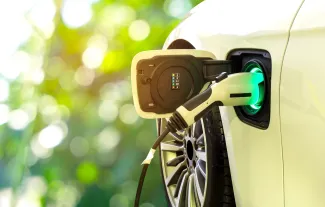
Reuse is priority
"The choice of lithium-ion batteries is obvious. It is this type of battery that is always used in electric cars. Due to the sharp increase in the number of electric vehicles, we will be faced en masse with this type of battery that will have to be removed from the cars," explains Grietus Mulder of VITO/EnergyVille, project manager of Circusol. "EV batteries that are no longer suitable for powering a car often still have 70 to 80 per cent of their original capacity. So it was urgent to look at how we could make more sustainable use of those batteries and reuse that capacity."
The consortium faced major challenges. They included protocols and standards to ensure that the quality of batteries is sufficient and uniform across Europe, and that the entire history of a battery can be traced. And there must be some kind of certification of those batteries for a second life. Moreover, reused batteries must meet the same high standards as new batteries, and that requires test procedures too. To this end, Circusol has published a report containing not only a methodology but also an extensive explanation of all the points for attention. Think of all the possible forms of battery construction and measuring devices. The partners in Circusol also provided input into the development of new global standards by the IEC (International Electrotechnical Commission) and the standards development plan, which is European. This plan supports the new European battery regulations. An important aspect of this is to make battery quality measurable when reusing batteries and materials. In addition, a new measuring method was set up in the Circusol project to detect differences in ageing between cells in a battery module.
A second life in multiple applications
The conclusion is clear. It is crucial that a second life for batteries does not target one application but several. That way, more batteries can be reused. From an economic perspective, direct re-use is much more attractive than dismantling into different modules. That is why reuse is a priority. But to do that, you need full access to the battery management system (BMS) and all the battery's internal systems. The stumbling block is the original manufacturer. They must be willing to share this information transparently. Until now, this has not been an obligation, but the new European battery regulations state that this information must be available.
If nothing else, batteries have to be dismantled and disassembled. That is much more complicated and will focus on recovering good modules from the pack. These must then be classified according to quality levels.
The points for attention are dealt with extensively in the Circusol report. Incidentally, in the margin, this study refers to a new obstacle: Tesla has plans to integrate the battery into the supporting structure of the car, which makes dismantling more difficult.
A first, important step - as Circusol's report concludes - is to apply a test procedure that makes an initial selection in the batteries themselves so that bad batteries are removed straight away. For this, batteries that are brought in must be easily identifiable and quantitative quality criteria must be established.
About Circusol
Circusol - Circular Business Models for the Solar Power Industry - brings together 15 partners from seven European countries to work on sustainable solutions in the solar panel industry. These solutions are sought in the circular economy and therefore focus mainly on reuse and recycling. This project is led by the knowledge institution VITO. From Belgium, imec and PV-Cycle also participate in this Horizon 2020 project. Circusol started in 2018 and will end this year.

More info
- Serge Peeters, business developer
- Grietus Mulder, researcher electricity storage and president of BEC battery standardisation
- Désirée De Poot, press officer VITO, 0475/45.70.10







